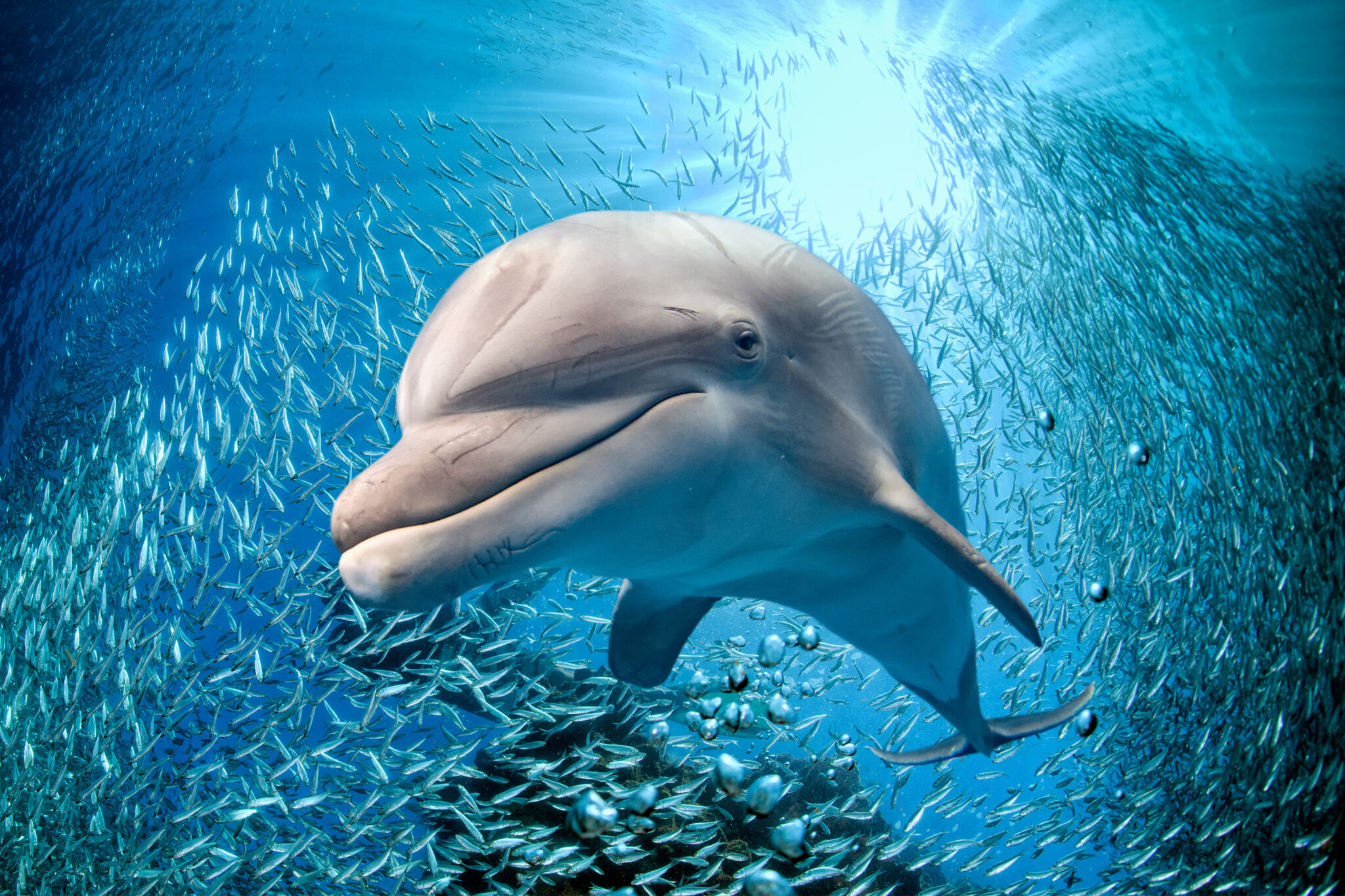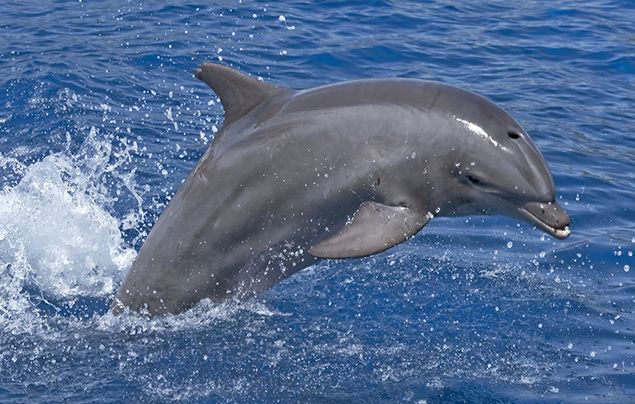Remarkable Dolphin Facts That Explain Their Remarkable Navigation Skills
Remarkable Dolphin Facts That Explain Their Remarkable Navigation Skills
Blog Article
Introduction Dolphin Facts: Nature's Intelligent Marine Mammals
Dolphins, often regarded as one of the ocean's most smart citizens, show a fascinating selection of actions and social structures that require closer exam. With over 40 distinct types, these aquatic mammals not only demonstrate exceptional communication abilities and complicated social communications but also have innovative cognitive capacities that test our understanding of non-human knowledge.
Dolphin Types Variety
Dolphins are a varied group of marine animals belonging to the family Delphinidae, which encompasses over 40 distinctive varieties. This family members consists of popular varieties such as the usual bottlenose dolphin (Tursiops truncatus), the whale or killer whale (Orcinus whale), and the risso's dolphin (Grampus griseus) Each varieties exhibits special physical features, actions, and adaptations that allow them to grow in various aquatic atmospheres.
Dolphin varieties vary considerably in size, varying from the small Maui's dolphin (Cephalorhynchus hectori) at about 1.2 meters to the orca, which can get to sizes of as much as 9 meters. Their pigmentation likewise differs, with some types displaying striking patterns that aid with camouflage or social signaling. In addition, dolphins inhabit diverse habitats, from seaside areas and estuaries to the open ocean, showcasing their flexibility.
Research study into dolphin species diversity highlights the eco-friendly significance of these creatures, as they play crucial duties in marine ecosystems. Understanding the various types is crucial for preservation efforts, as several deal with risks from environment climate, air pollution, and loss change, necessitating targeted defense actions to guarantee their survival.
Social Frameworks and Habits
The intricacy of dolphin types is mirrored in their intricate social structures and actions. Dolphins are recognized for their extremely social nature, usually developing teams called skins, which can range from a few individuals to over a hundred. These skins are generally composed of household members, showcasing a matrilineal framework where women play a central duty in supporting and keeping social bonds offspring.

Furthermore, some varieties of dolphins, such as whales, demonstrate complicated social behaviors that can consist of sub-pods or clans with unique cultural methods. These social structures are crucial for the survival and wellness of dolphin populations, as they promote communication, teamwork, and the transmission of understanding throughout generations. Recognizing these social dynamics is essential for preservation efforts and the security of their natural environments.
Communication Strategies
Amongst the different techniques of communication, dolphins use an innovative range of communication methods that help with social cohesion and sychronisation within their sheathings. These strategies incorporate vocalizations, body language, and echolocation, each offering distinct functions in their social interactions.
Dolphins create a variety of clicks, whistles, and pulsed sounds, which serve as their key singing communication. Each dolphin has a distinct signature whistle, akin to a name, that enables people to determine each other also in big teams. These vocalizations can convey numerous messages, such as informing others to risk or working with group activities throughout searching.
In enhancement to vocalizations, body language plays a critical role in dolphin interaction. Dolphin stances, such as leaping, rotating, or perhaps subtle shifts in positioning, convey emotions and intents. Aggressive displays might discourage opponents, while spirited habits can improve social bonds - Dolphin Facts.
Echolocation, an organic sonar system, further help in navigating and hunting. By giving off audio waves and interpreting the returning echoes, dolphins can find prey and challenges properly, showing their remarkable adaptability in intricate marine atmospheres. Collectively, these communication strategies emphasize the complex social lives of dolphins, highlighting their knowledge in browsing their underwater globe.

Knowledge and Problem Addressing
Identified for their sophisticated interaction skills, dolphins also show remarkable intelligence and analytical abilities that even more enhance their social communications. Their cognitive capabilities are shown by their capability to find out intricate tasks, comprehend abstract ideas, and adjust to numerous environmental obstacles. Study has pop over to this web-site revealed that dolphins can address complex challenges, demonstrating not just their cognitive versatility but likewise their capability for planning and foresight.
Dolphins typically involve in cooperative this link searching approaches, showcasing their capability to function as a natural unit. This synergy calls for innovative problem-solving skills, as they need to analyze their environment, recognize possible target, and collaborate their actions to attain a typical objective. In addition, dolphins have actually been observed utilizing devices, such as marine sponges, to safeguard their snouts while foraging on the sea flooring, additional exhibiting their cutting-edge problem-solving capacities.

Human-Dolphin Communications
Human-dolphin interactions have actually mesmerized enthusiasts and scientists alike, highlighting the facility partnership between these smart aquatic animals and people. From ancient times, dolphins have been depicted in art and mythology, signifying harmony and intelligence (Dolphin Facts). Modern communications range from scientific study and preservation initiatives to recreational activities like dolphin watching and swimming with dolphins
Study has shown that dolphins possess advanced social structures and interaction skills, which promote their interactions with humans. These experiences often cultivate psychological links, with numerous individuals reporting feelings of happiness and compassion during such experiences. It is necessary to come close to these communications with care, as human activities can interrupt dolphin habits and environments.
Conservation initiatives increasingly focus on advertising responsible interactions, making certain that human excitement does not jeopardize dolphin welfare. Education and learning programs aim to raise awareness concerning the ecological relevance of dolphins, emphasizing the requirement for lasting techniques. By understanding the complex characteristics of human-dolphin interactions, we can promote a considerate conjunction that benefits both varieties and protects aquatic ecological communities for future generations. Inevitably, these communications act as a tip of the extensive links that can exist in between human beings and the all-natural globe.
Conclusion
In summary, dolphins exhibit find out here now exceptional intelligence and adaptability within varied marine environments. Proceeded research study and awareness are necessary for cultivating a much deeper understanding of dolphins and promoting their well-being in a progressively intimidated ecosystem.
Dolphin species vary considerably in size, varying from the little Maui's dolphin (Cephalorhynchus hectori) at approximately 1.2 meters to the whale, which can get to lengths of up to 9 meters. Dolphins display a selection of social interactions, consisting of brushing and physical contact, which serve to enhance connections and establish power structures.
Recognized for their advanced communication abilities, dolphins additionally exhibit remarkable knowledge and analytic abilities that additionally enhance their social interactions. Modern communications range from scientific study and conservation initiatives to leisure tasks like dolphin enjoying and swimming with dolphins.
Research has shown that dolphins have progressed social structures and interaction skills, which promote their communications with humans.
Report this page